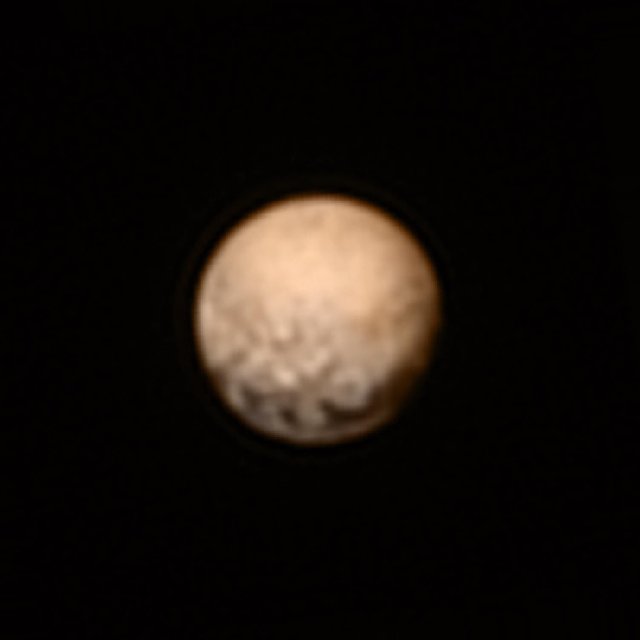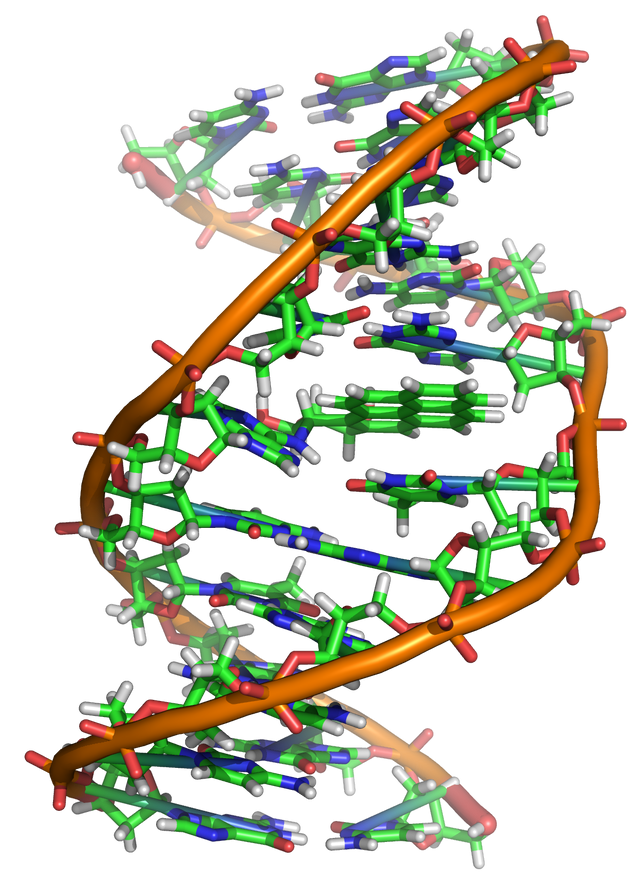Da Vinci Times #11.5
Dunes of Pluto
The researchers continue the analysis of the images coming from Pluto, collected from the New Horizons probe in 2015 and, this time, dunes have been identified.

Imagine CC0 Creative Commons - Source
According to researchers, the dunes are mainly formed by grains of frozen methane with a diameter of 200 or 300 micrometers, and would be generated by the action of the weak winds that sweep the surface of the planet. But these winds are under the magnifying glass: in the rarefied atmosphere of Pluto these expire at no more than 40 km / h, and this speed should not be sufficient to form dunes. The hypothesis, then, is that granules can rise up in the atmosphere through a process of sublimation and they are then deposited in regular structures by the wind.
The genetic change of Icelanders
The genetic varieties of the first inhabitants of Iceland were much larger than those existing today. The discovery was made by comparing the DNA of some skeletons dating back to a thousand years ago with that of today's Icelanders.

Imagine CC0 Creative Commons - Source
Iceland was colonized from 900 AD, by populations from Scandinavia (Norway and Sweden), Ireland and Scotland. In the beginning, the genes of these populations were equally distributed, but over a thousand years of history the genes of the Scandinavian populations became predominant. In particular, about 70% of the genes that are present today have that origin. The causes of this rapid change may be different: from a greater reproductive success of the Scandinavians to the recent migration of Danes to Iceland. Variations of this type are known for animals, but never before have been observed for the humans.
A robot with muscles
A team of researchers has managed to build a robot that uses real muscles to move. It could be the first step towards a therapy for people with mobility problems.
Imagine CC0 Creative Commons - Source
Muscles are generated using precursor cells of the myocytes (the muscle cells), grown in a nutrient gel layer, and are subsequently implanted on an artificial skeleton. Scientists have used the same principle that allows the movement of animals: for each muscle they have also built its antagonist. By stimulating the muscles with electrodes, it was possible to move a small robot that simulates the movement of a human finger. In the tests the researchers had the "finger" bent by 90 ° for over a week, demonstrating the great resistance of these muscles.
Post of the day

Imagine CC0 Creative Commons - Source
This evening @vinamra introduces us to a strange model organism that, although it’s not as famous as others, is still an important subject for studies on the nervous system: it is Aplysia californica, also known as sea hare.

Immagine CC0 Creative Commons, si ringrazia @mrazura per il logo ITASTEM.
CLICK HERE AND VOTE FOR DAVINCI.WITNESS
Keep in mind that for organizational reasons it’s necessary to use “steemstem” and “davinci-times” tags to be voted.
@aboutcoolscience - @spaghettiscience - @rscalabrini
Le dune di Plutone
Procede l’analisi delle immagini provenienti da Plutone raccolte dalla sonda New Horizons nel 2015 e, questa volta, sono state identificate delle dune.

Imagine CC0 Creative Commons - Source
Secondo i ricercatori le dune sono formate principalmente da granelli di metano ghiacciato del diametro di 200 o 300 micrometri, e sarebbero generate dall’azione dei deboli venti che spazzano la superficie del pianeta. Proprio questi venti sono però sotto la lente di ingrandimento: nella rarefatta atmosfera di Plutone questi spirano a non più di 40 km/h, e tale velocità non dovrebbe essere sufficiente a formare delle dune. L’ipotesi, allora, è che i granellini riescano a sollevarsi in aria tramite un processo di sublimazione e vengano poi depositati in strutture regolari dal vento.
Il cambiamento genetico degli Islandesi
Le varietà genetiche dei primi abitanti dell’Islanda erano molto più ampie rispetto a quelle esistenti oggi. La scoperta è stata fatta confrontando il DNA di alcuni scheletri risalenti a mille anni fa con quello degli odierni abitanti islandesi.

Imagine CC0 Creative Commons - Source
L’Islanda venne colonizzata a partire dal 900 dC, da popolazioni provenienti dalla Scandinavia (Norvegia e Svezia) e da Irlanda e Scozia. All’inizio i geni di queste popolazioni erano equamente distribuiti, ma nel corso di mille anni di storia sono i geni delle popolazioni scandinave ad essersi affermati. In particolare, circa il 70% dei geni che sono presenti oggi hanno quella origine. Le cause di questo cambiamento così rapido possono essere diverse: da un maggior successo riproduttivo degli scandinavi alla recenti migrazioni di danesi verso l’Islanda. Variazioni di questo tipo sono note nel mondo animale, ma mai prima d’ora erano state osservate nell’uomo.
Un robot con muscoli
Un team di ricercatori è riuscito a costruire un robot che utilizza veri e propri muscoli per muoversi. Potrebbe essere il primo passo verso una terapia per le persone con problemi di mobilità.
Imagine CC0 Creative Commons - Source
I muscoli vengono ricavati a partire da cellule precorritrici dei miociti (le cellule muscolari), fatte crescere in uno strato di gel ricco di nutrienti, e vengono successivamente impiantati su uno scheletro artificiale. Gli scienziati hanno sfruttato lo stesso principio che permette il movimento degli animali: per ogni muscolo hanno costruito anche il suo antagonista. Stimolando i muscoli con degli elettrodi è stato possibile far muovere un piccolo robot che si simula il movimento di un dito umano. Nei test i ricercatori hanno fatto piegare il “dito” di 90° per oltre una settimana, dimostrando la grande resistenza di questi muscoli.
Post del giorno

Imagine CC0 Creative Commons - Source
Questa sera @vinamra ci presenta uno strano organismo modello che, nonostante non sia famoso come altri, rappresenta comunque un soggetto importante per gli studi riguardo il sistema nervoso: si tratta di Aplysia californica, conosciuta anche come lepre di mare.

Immagine CC0 Creative Commons, si ringrazia @mrazura per il logo ITASTEM.
CLICK HERE AND VOTE FOR DAVINCI.WITNESS
Si ricorda che per motivi organizzativi è necessario utilizzare le tag “steemstem” e “davinci-times” per essere votati.
@aboutcoolscience - @spaghettiscience - @rscalabrini